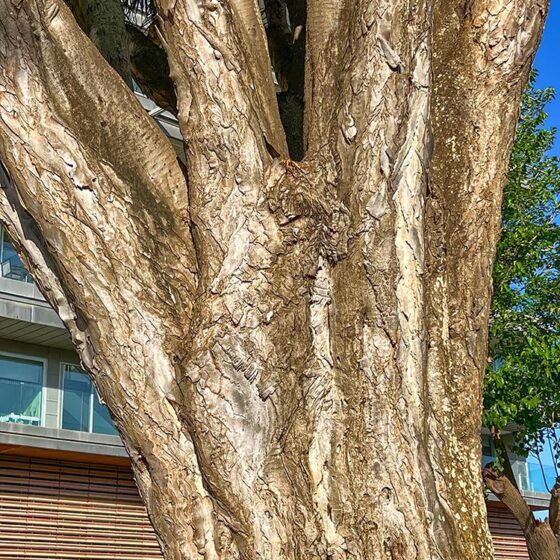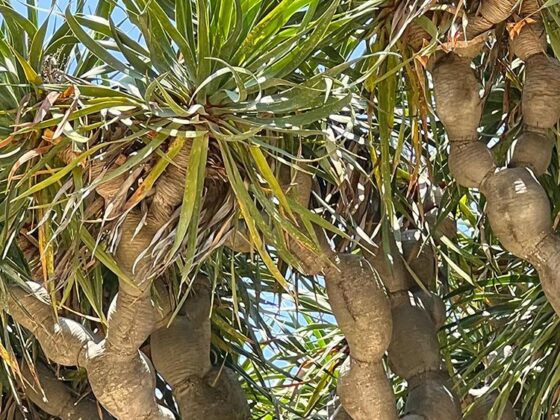The Dragon Tree
Dracaena draco
The Latin name of the genus, Dracaena, comes from the Greek Drakaina, the female dragon. The name of the species refers to the red resin, called dragon’s blood.
Its origin is attributed to Macaronesia (Canary Islands, Cape Verde and Madeira) and endemic to those places. Another theory locates them in India, from where it was propagated. Another says that they represent the last relic of a paleoflora extended in the Miocene between North Africa and southern Europe, when the Sahara was a laurel forest. Recently Dragon trees have been discovered in their natural form in inaccessible places of the Atlas (Morocco). There are very similar species found in eastern Africa and southern Arabia.
They cite the existence of Dragon trees in Cadiz: Adolfo de Castro (1859) of which, according to him, mention was made by Posidonius (130-50 BC), Strabo (63-21 BC), Pliny (23-79 AD), Filostrato (170 -249 AD) and Florián de Campo; in the 10th century, the Cordoban doctor Ibn Yulyul of the Omeya Caliphate, in his Eighth Treaty on medicinal plants; Löefling (18th century) in his letters to Linnaeus; Mossén Jacinto Verdaguer (1902) cites the notes of Father Mariana and San Isidoro in which they describe them.
Mythology locates the birth of the first Dragon tree at the point where Hercules killed his enemy the giant Gerion. Hercules plunged him into the mud with a huge pole, after his betrayal to seize the kingdom of Gades.
Arboreal characteristics, 15-20 m. Smooth trunk in the young specimens but thick and rough in the older ones which allow them to branch after the first flowering. They have linear, pointed, grey-green leaves of 50 cm in length and 4 cm in width, forming rosettes at the tip. White flowers grow in panicles. It bears fleshy fruit, orange in colour, and has a hard and spherical seed of up to 1.5 cm. In ancient times, the red resin was appreciated for its medicinal properties.







